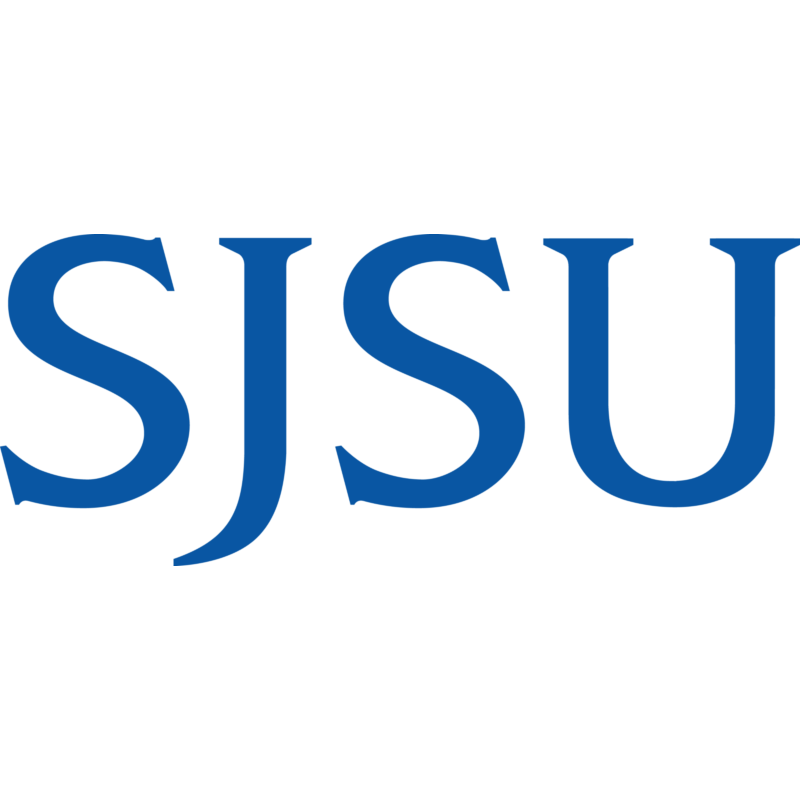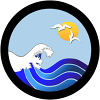By Kenneth Coale (20 April 2016)
(An expanded excerpt from the John Martin biography1)
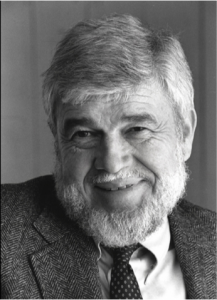
John Martin was the lab’s third director, but in many ways, its first oceanographer. He arrived at a time when there wasn’t a proper oceanographic research vessel and this posed something of a glaring deficiency. John applied himself to remedy this institutional shortcoming in much the same way he tackled other problems in his life: with brilliance, patient determination, and a knack for turning its resolution into a solution for somebody else’s problem. John himself would become such a problem.
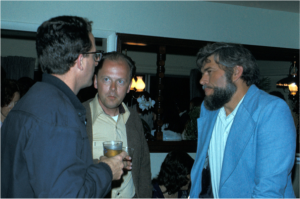
John Martin’s ability to view problems from multiple perspectives was a great asset to not only his science, but also to Moss Landing Marine Laboratories. But a research vessel is a big thing and a pirate of the 70s and 80s had to be sophisticated. The first step was to get himself elected, and ultimately chair the Advisory Council of the University National Oceanographic Laboratory System (UNOLS), the multi-institutional governance body that advises the National Science Foundation (NSF), Navy and other Federal Agencies on the use, improvement, and scheduling of the nation’s fleet of research vessels. At the time, there was a huge gap in the coverage of the Nation’s fleet of research vessels as coordinated by UNOLS. Only a few, large R-1 universities (doctoral universities with highest research activity) with oceanographic programs, operated the majority of the UNOLS vessels. These included Woods Hole/MIT, Scripps Institution of Oceanography, and the University of Washington, to name a few. Yet, from Martin's position on the UNOLS Council, he had a bird’s eye view of the research fleet and the efficiency with which each vessel was operated and maintained.
The second step was to acquire a discarded UNOLS vessel from a large R-1 university and show NSF that MLML could
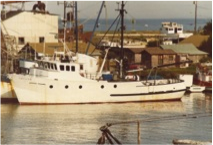
operate it and maintain it. The R/V Cayuse was transferred from Oregon State to MLML and was operated from Moss Landing for several years. Yet the Cayuse was small and bouncy, and not up to task of a larger vessel (see Flaming Heads blog). At the same time, the Naval Postgraduate School (NPS) had recently retired their R/V Acania and were in need of a vessel to support their Oceanography and Meteorology students. John, with the help of his friend, former student and colleague Bruce Robison at UCSB and the Chair of the NPS Oceanography Department, showed that the majority of requests for ship time came from scientists who didn’t have access to the larger ships, not the big R-1 operating universities who ran them. This grated against Martin's sense of fairness, yet buttressed a righteous cause. John and Bruce conspired, then lobbied hard for a more equitable distribution of these vessels where they were most needed.
John Martin always did his homework and presented a compelling argument to NSF for Monterey’s need for a research vessel. The Monterey Bay was becoming a powerhouse of oceanography. John argued the importance of MLML’s location, its proximity to other marine institutions including those of the CENCAL Consortium (UC Santa Barbara, USC, NPS, Hopkins Marine Laboratory, USGS, and UCSC). At the time, the closest UNOLS vessels were located at Scripps Institution of Oceanography and Oregon State University, both a two-day steam from Monterey. MLML’s recent track record of important oceanographic research (including VERTEX), and success operating the R/V Cayuse made it an ideal institution to operate a regional class vessel. Martin didn’t stop there; he also wrote a very detailed description of the boat he wanted. The University of Miami, one of the largest UNOLS operators, ran three research vessels and was having trouble maintaining all of them. Together, Martin and Robison lobbied NSF through the UNOLS Council, arguing that the R/V Cape Florida was a national resource and should be deployed where it was needed most. Remarkably (or by design) the R/V Cape Florida fit Martin’s research vessel description to a tee. They eventually persuaded NSF to reallocate the vessel to Moss Landing.
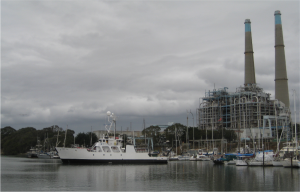
One problem that stood in the way was the Moss Landing Harbor Master, James Stillwell. Stillwell convinced his board of directors that since Moss Landing Harbor was relatively small and the Federal Channel was relatively narrow, that he would allow the new vessel berthing at K-dock, only if the vessel had a bow thruster. The Cape Florida had no bow thruster, but it did have controllable pitch propellers. Mike Prince sailed the Cape Florida from Miami, through the Panama Canal and up to Moss Landing. By this time, he had a fairly good feel for the controls. The ship steamed into the harbor and stopped 10 yards parallel from the dock. Mike then, in front of a crowd of spectators and board members “walked” the ship straight sideways until she gently kissed the dock. It was a sight to behold. Upon witnessing this, Harbormaster Stillwell remarked, “Well, I’m glad to see you got that bow thruster”. Shortly thereafter the Cape Florida was renamed the R/V Point Sur.
John Martin had an exceptional ability to go into situations as an underdog and challenge the status quo. By thinking logically and making detailed arguments, Martin was able to take on deep-seated traditions in both
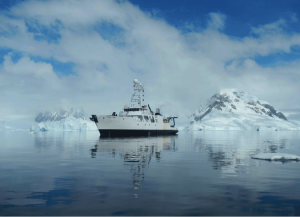
oceanography and in programs like UNOLS and change them. Never before had a perfectly good research vessel been taken from one institution and reassigned to another. Perhaps Martin was so convincing because he had overcome such impossible personal adversity that he exuded credibility, even for the incredible. Who was NSF to say that this could not be done?
The R/V Point Sur went on to be what many consider the most effective and efficiently utilized UNOLS vessel in the fleet. It was used in the later VERTEX cruises and for early testing of the IRONEX cruises and served not only scientists from across the nation, but an estimated 10,000 oceanography students put to sea on her decks. The R/V Point Sur made headlines recently for its hugely successful 5-month trip to Palmer Station in the Antarctic Peninsula and for her forays into the Aleutian Islands and Bering Sea. The R/V Point Sur was “the little vessel that could” and in many ways emulated the qualities of the little institution John was helping to build. He had taken possession of a fumble from a much more powerful team and was steaming to the end zone at 10 kts. The pirate John Martin had seized a bountiful prize that enriched not just his institution, faculty and students, but the central coast and scientists from around the nation.
1) John Holland Martin. From picograms to pedagrams and copepods to climate. 2015. The Class of MS 280, Moss Landing Marine Laboratories. MS 280, Scientific Writing. Instructor: Kenneth Coale, Students: Alicia Bitondo, Suzanne Christensen, Catherine Drake, Will Fennie, Stephen Loiacono, Gabriela Navas, Gillian Rhett, Kristin Walovich, April Woods and Sara Worden. Association for the Science of Limnology and Oceanography, Bulletin, November, 2015. 19 pp.
